A Conversation with Simran Sethi
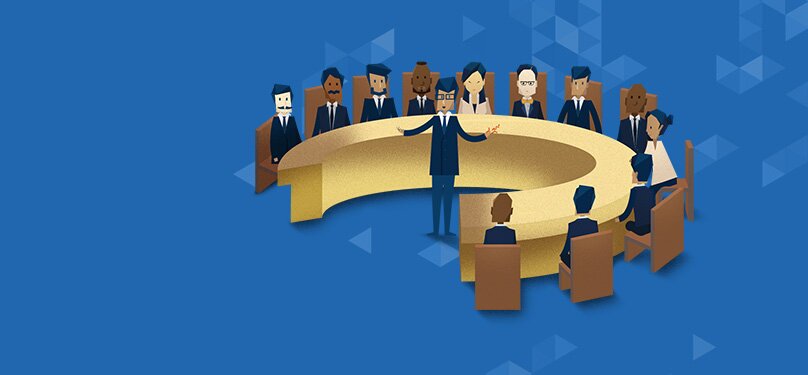
27 June 2016
By Cierra Martin, Crop Trust
This spring I had the pleasure of speaking with Simran Sethi, a journalist and educator focused on food and agriculture and author of the recently published book Bread, Wine, Chocolate: The Slow Loss of Foods We Love (HarperCollins, 2015). During our hour-long chat, we covered everything from the motivation behind her latest book to the possible extinction of some of our favorite foods.
What stood out to me the most in this conversation and when reading Sethi’s book was the way she talks about food and the loss of agrobiodiversity.
The Crop Trust highlights the importance of crop diversity from a ‘crop’ perspective – sharing stories on the importance of conserving major crops like maize, cassava and rice for food security and combatting climate change. Yet, Sethi chose a very different context in her book and explored humble food products that you may find in your refrigerator or on your dinner table - items like wine, chocolate, coffee, beer and bread.
Humble as these products may be, Sethi’s journey revealed the complexities behind each in our food chain in a way that was firmly grounded in science yet comprehensible. By traveling across the world – from a coffee plantation in Ecuador to the Golden Temple in Punjab to the Food and Agriculture Organization in Rome – she addressed the issue of genetic erosion through human experience. She argues that “the solutions to the loss of agricultural biodiversity aren’t difficult, they’re delicious,” and this caught my attention.
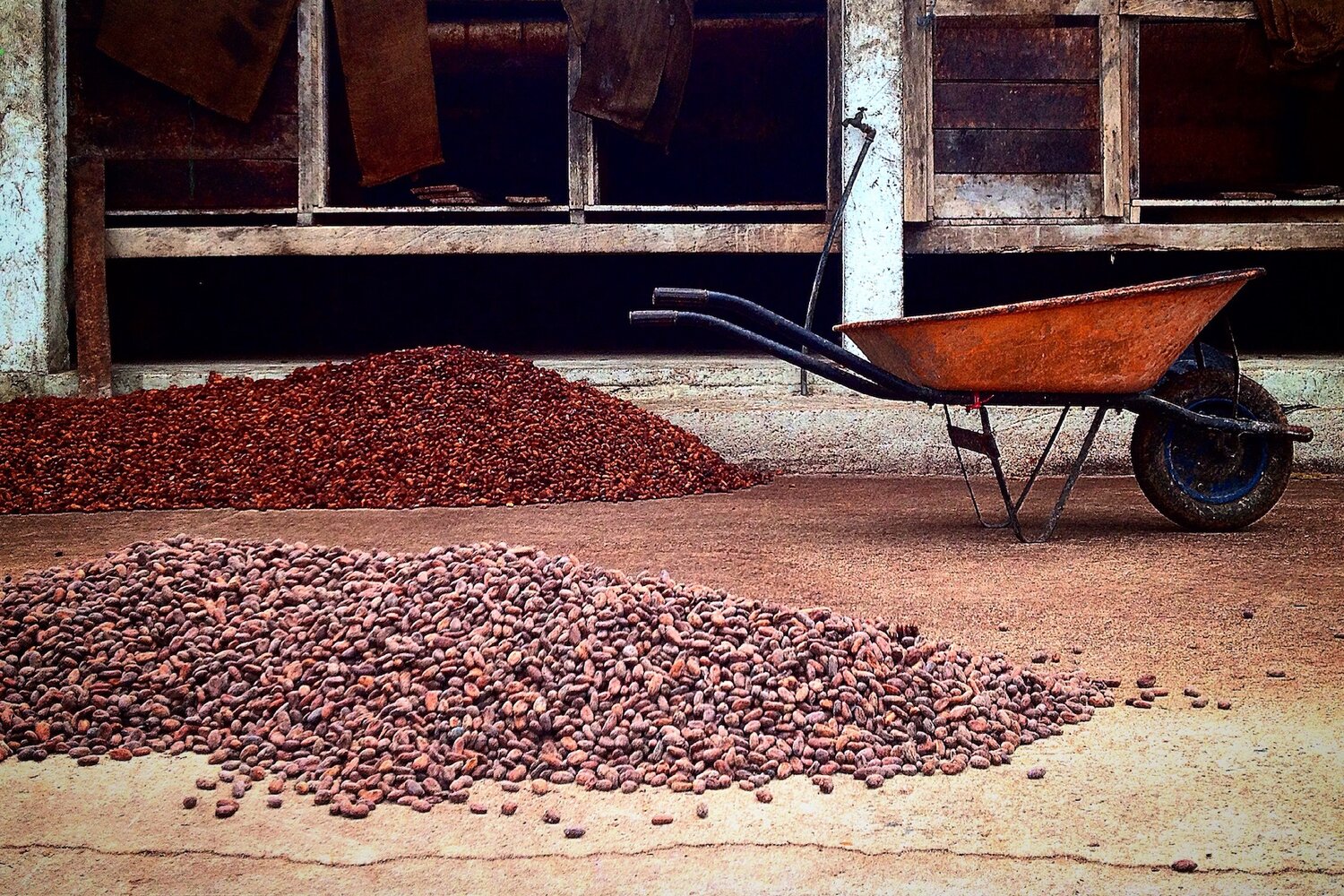
Fermenting and drying cacao, Esmeraldas, Ecuador. Photo credit: Simran Sethi
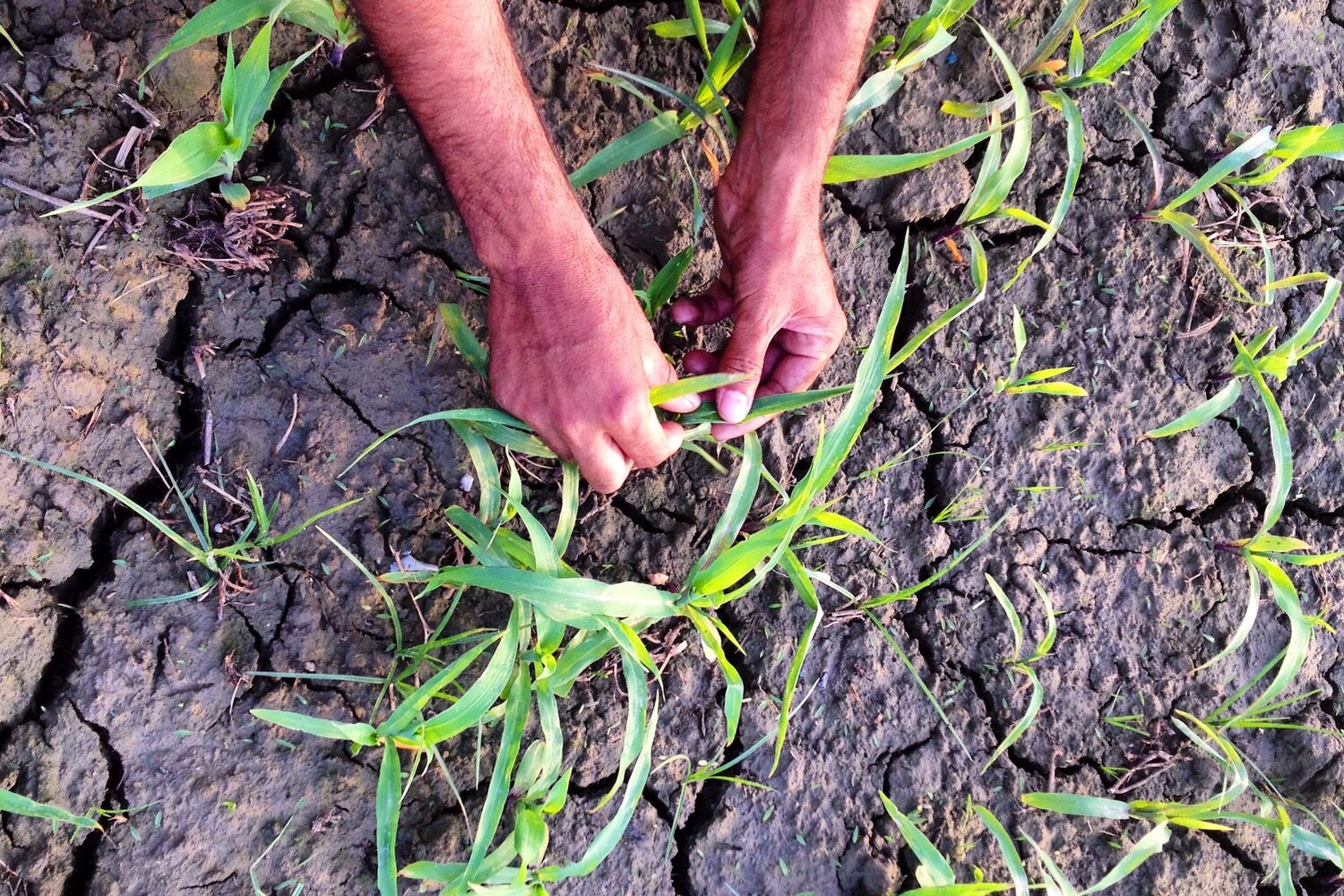
Farmer grappling with dropping water tables in Punjab, India. Photo credit: Simran Sethi
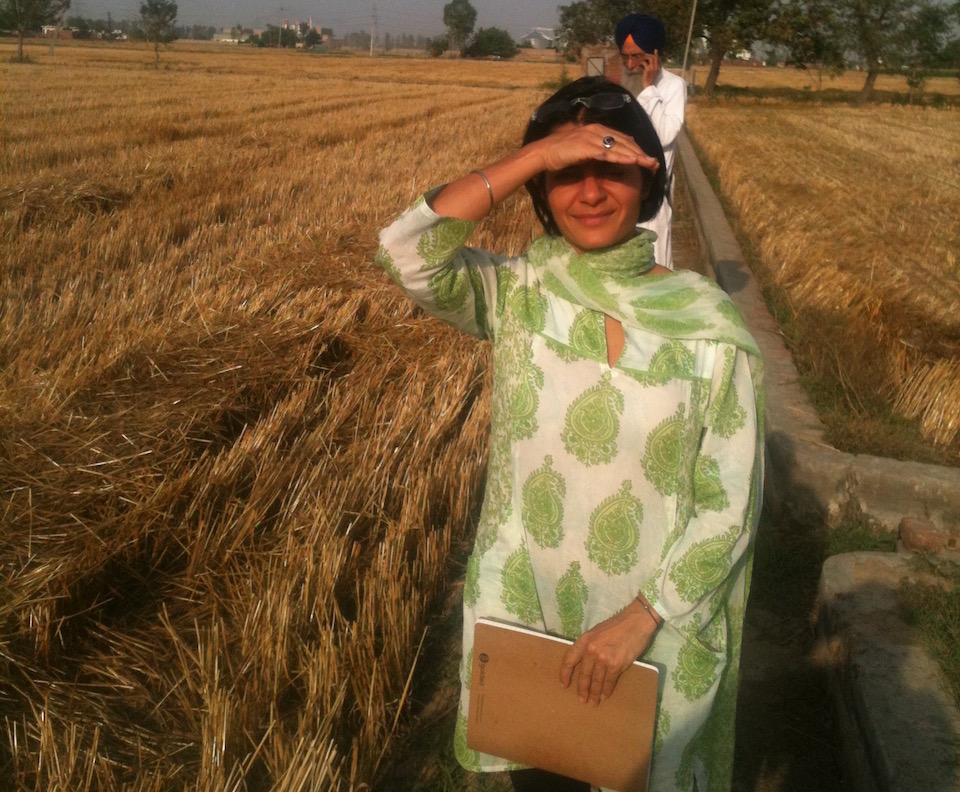
Simran Sethi interviewing wheat farmer Gyanni Singh outside of Amritsar, India. Photo credit: Simran Sethi
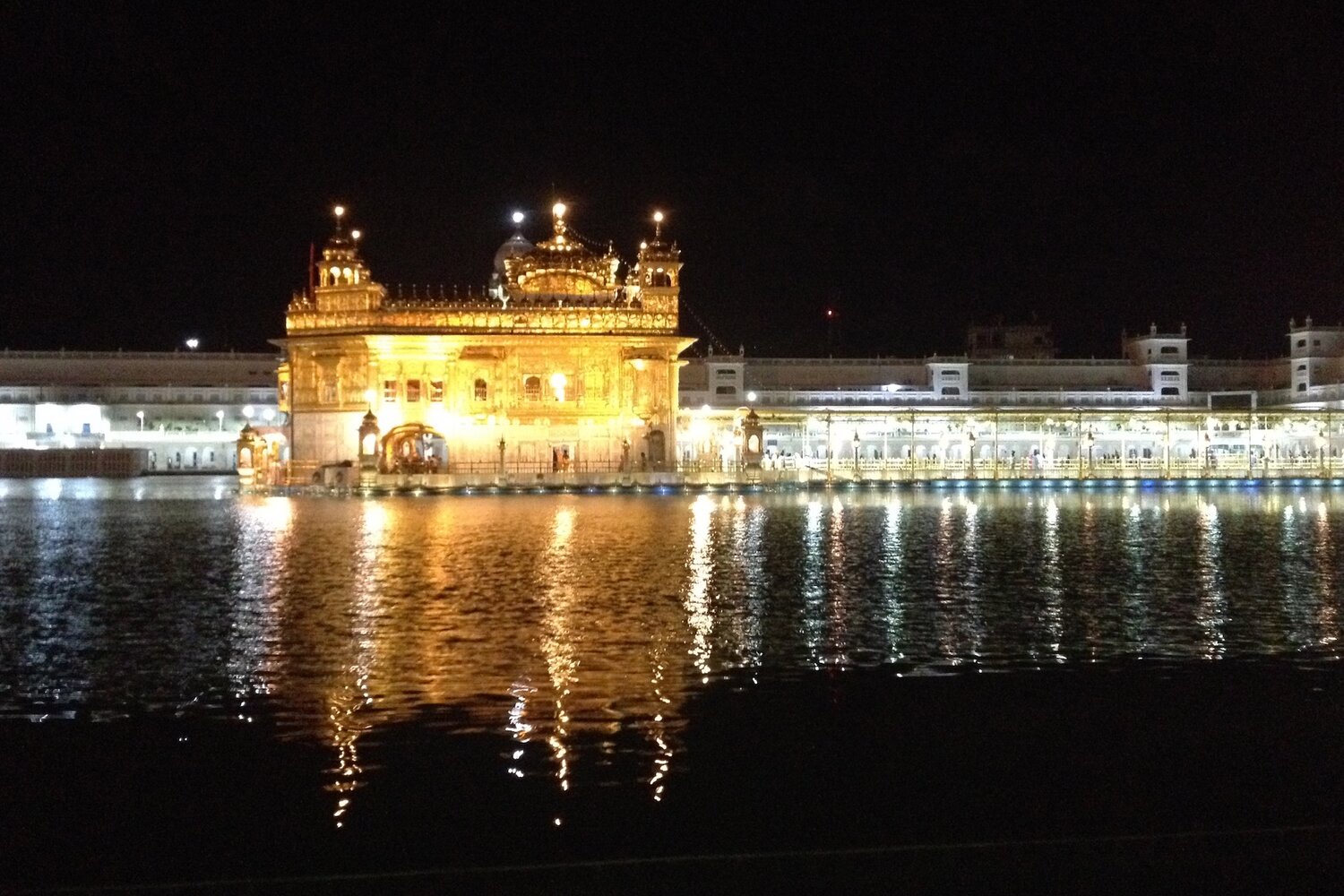
The Golden Temple during Karah Prasad preparation, Amritsar, India. Photo credit: Simran Sethi
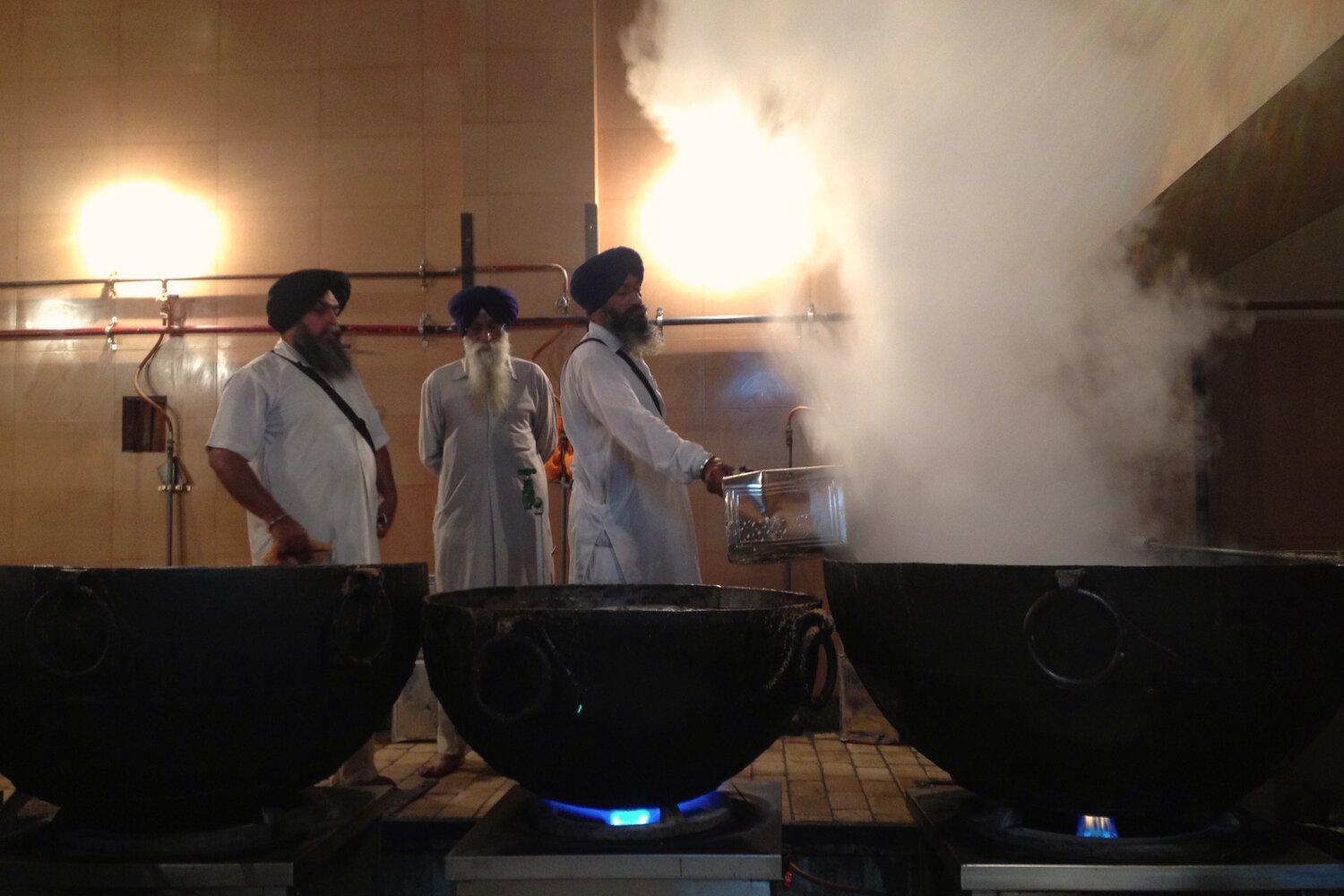
Halwais preparing Karah Prasad at the Golden Temple in Amritsar, India. Photo credit: Simran Sethi
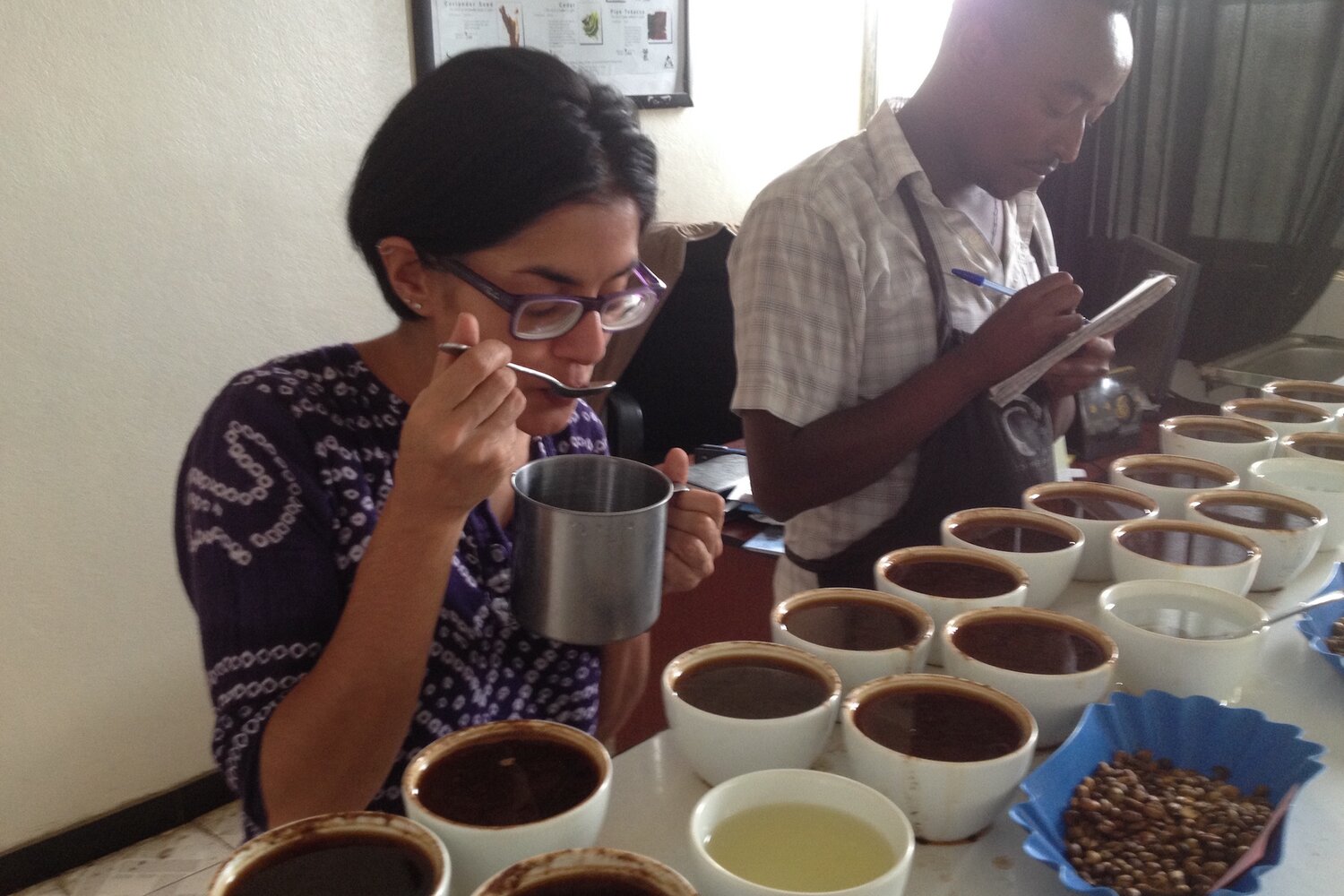
Simran Sethi cupping coffee at the Ethiopian Coffee Exchange in Bonga, Ethiopia. Photo credit: Simran Sethi
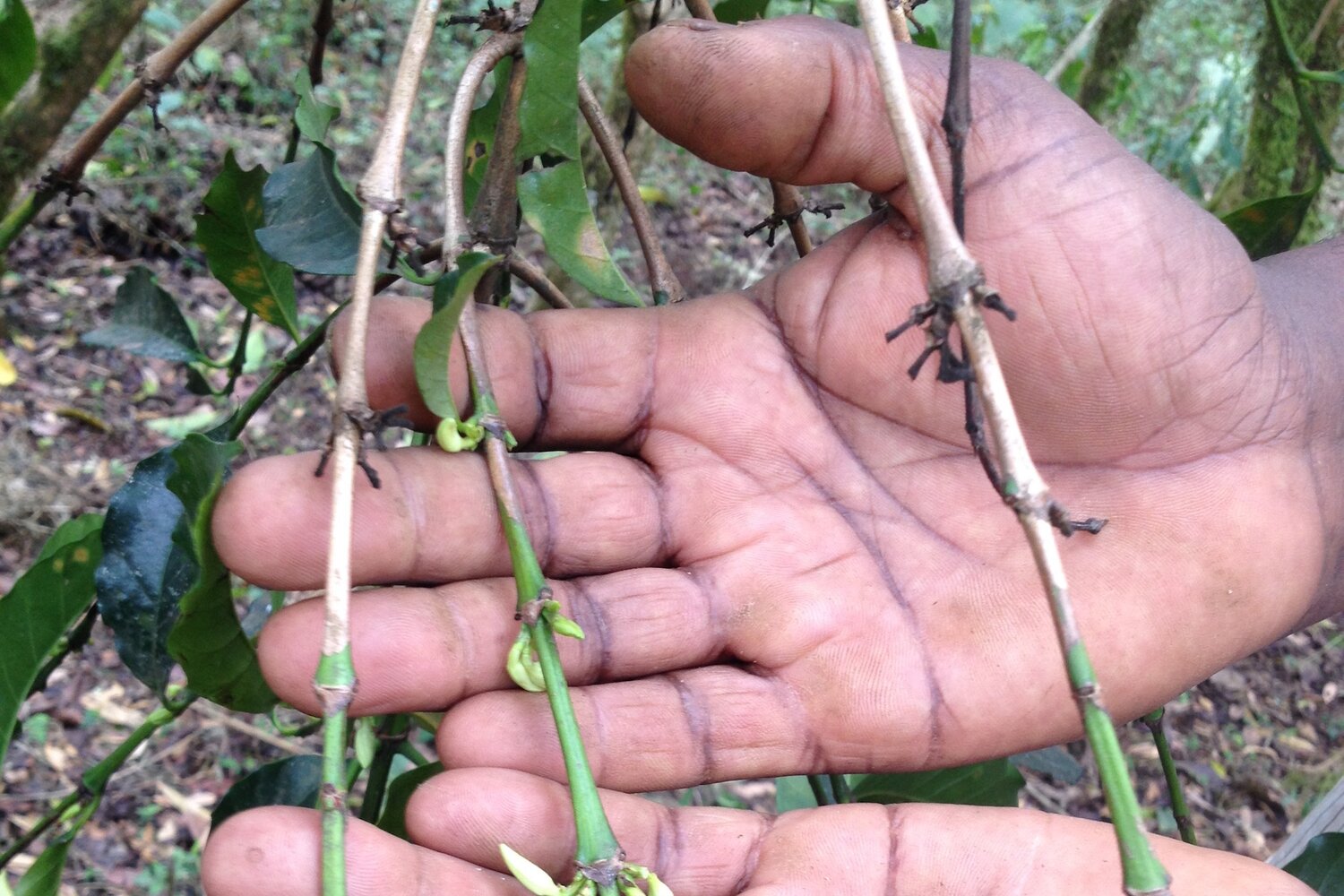
Wild coffee flowers held by farmer Tebeje Neguse. Photo credit: Simran Sethi
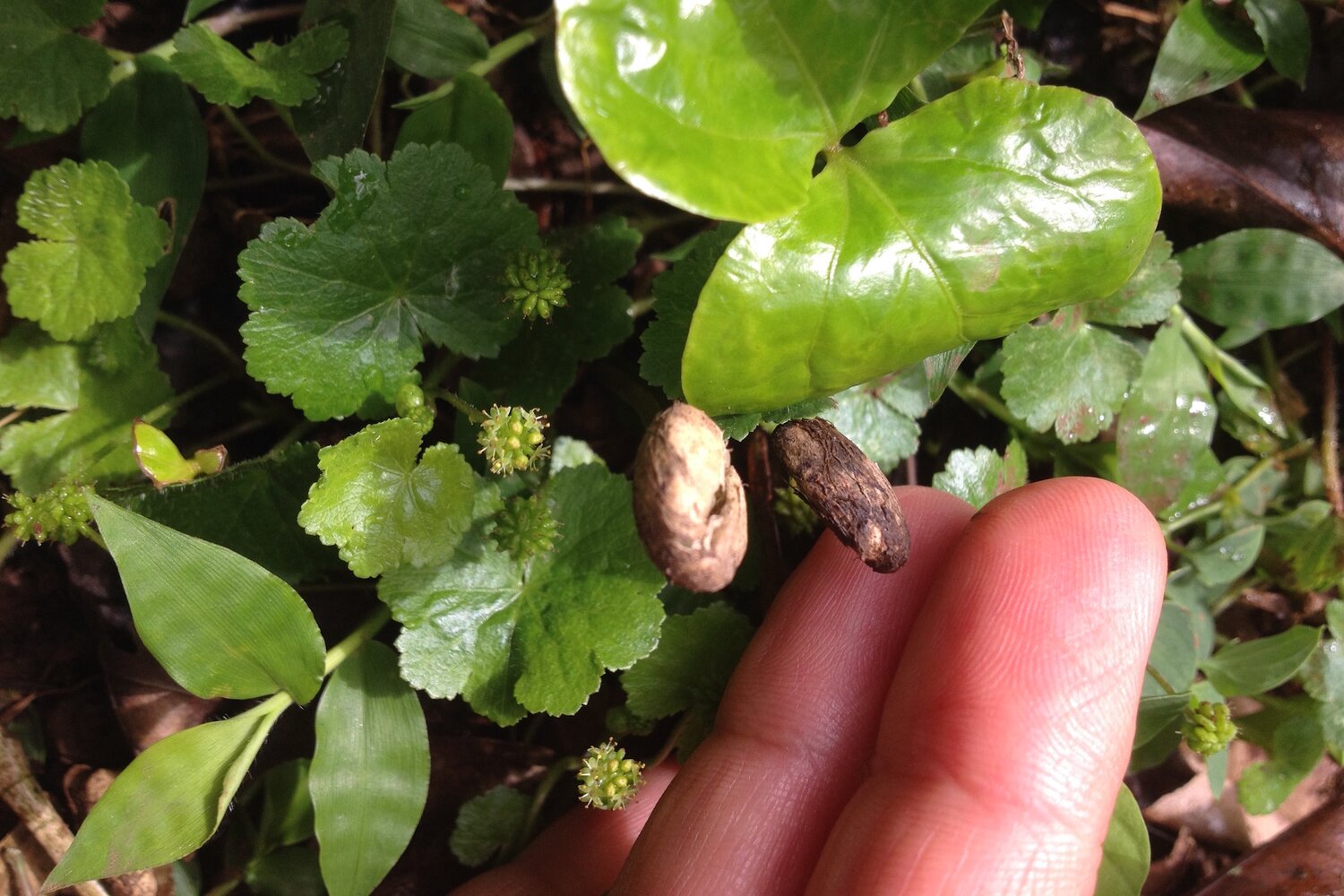
Coffee seedling held by Simran Sethi in the Kafa Biosphere Reserve. Photo credit: Simran Sethi
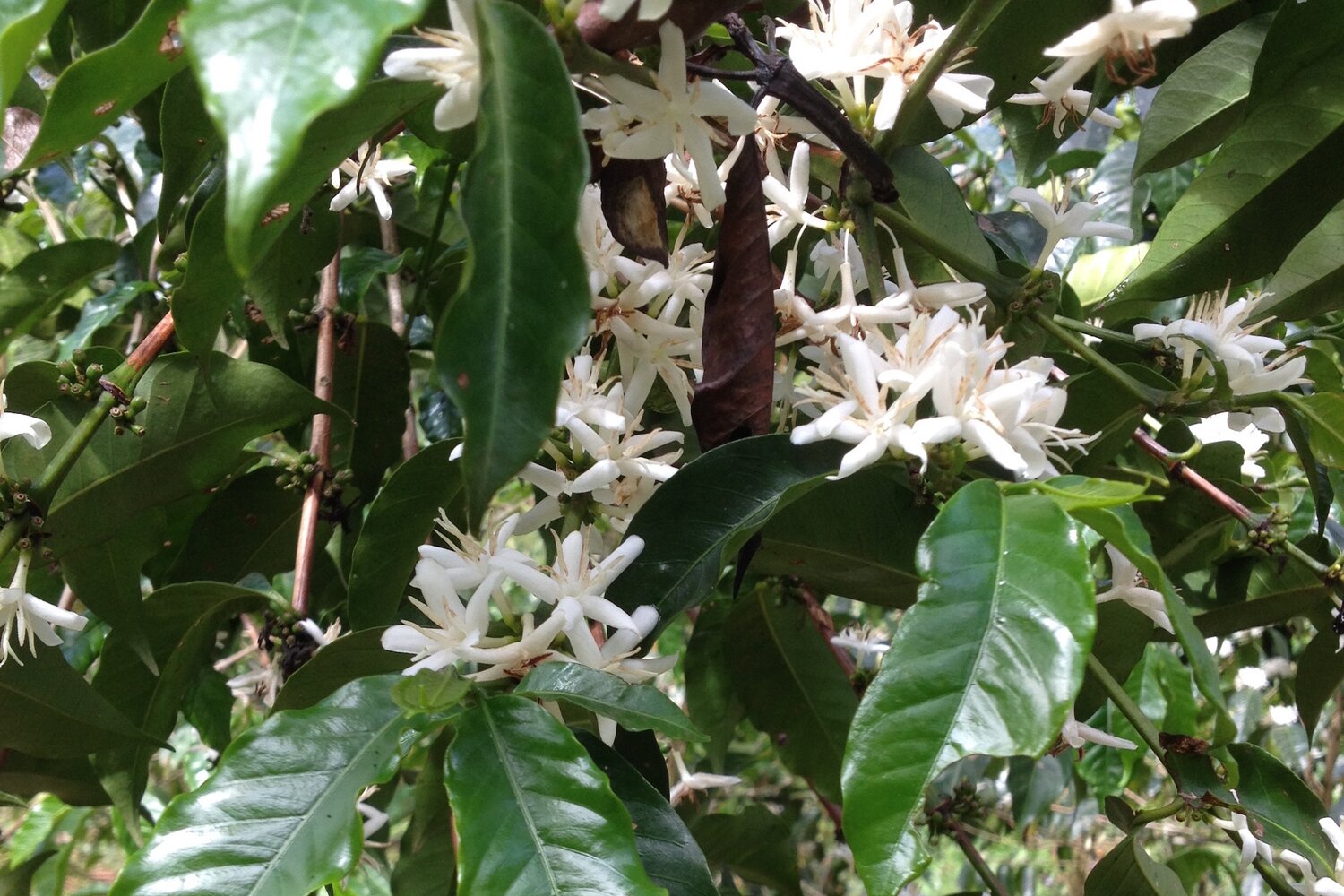
Coffee blossoms from the afromontane rainforest in Kafa, Ethiopia. Photo credit: Simran Sethi
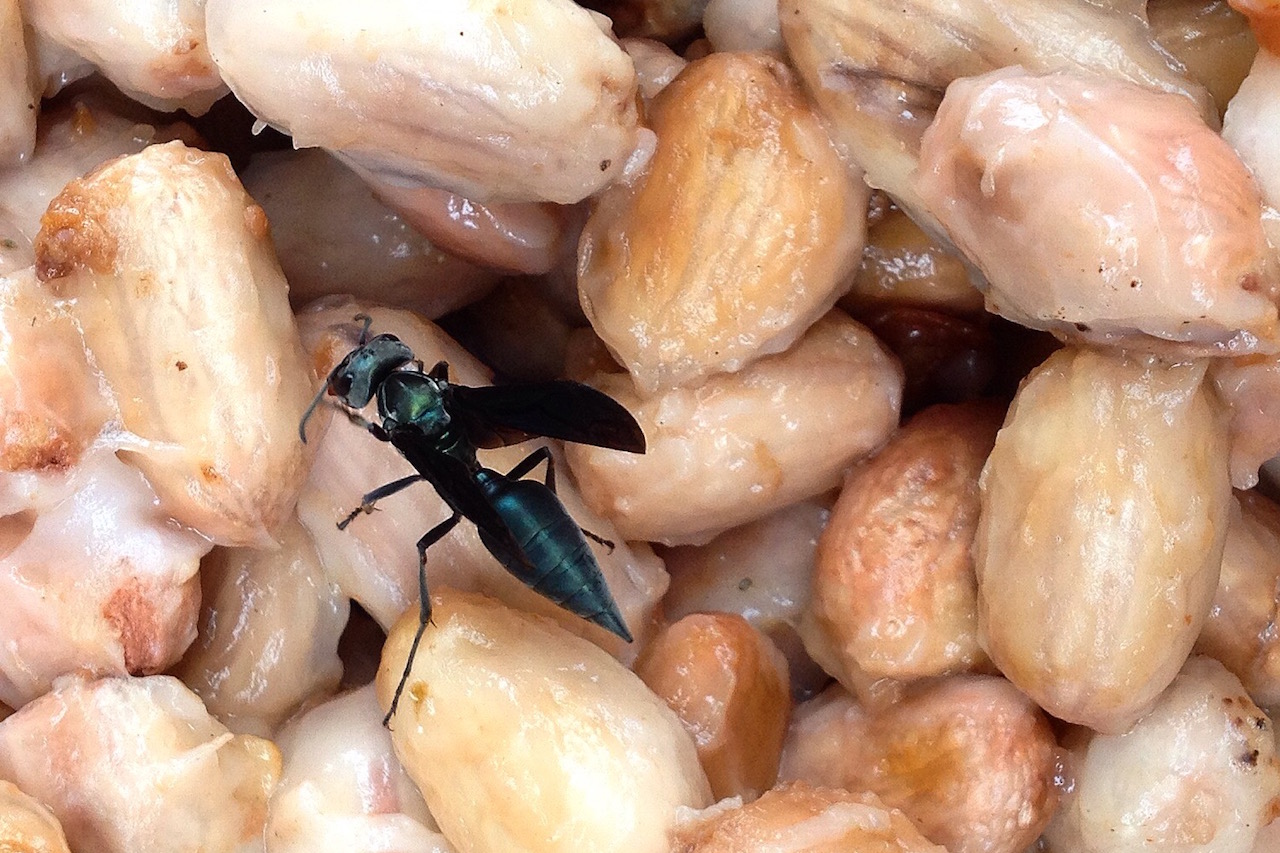
Close-up of harvested cacao, Esmeraldas, Ecuador. Photo credit: Simran Sethi
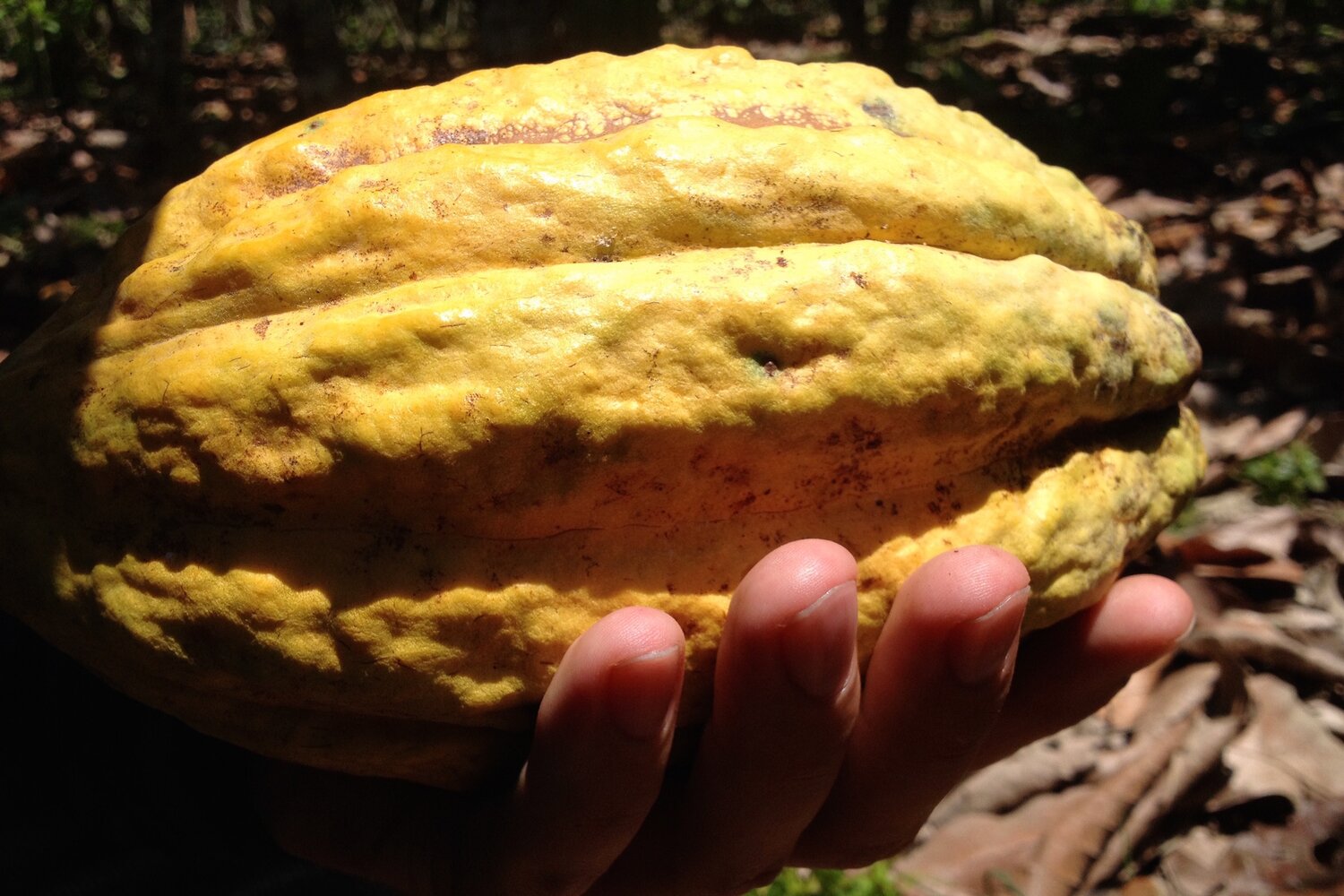
Close-up of cacao pod in Vicente Norero's hand, Balao, Ecuador. Photo credit: Simran Sethi
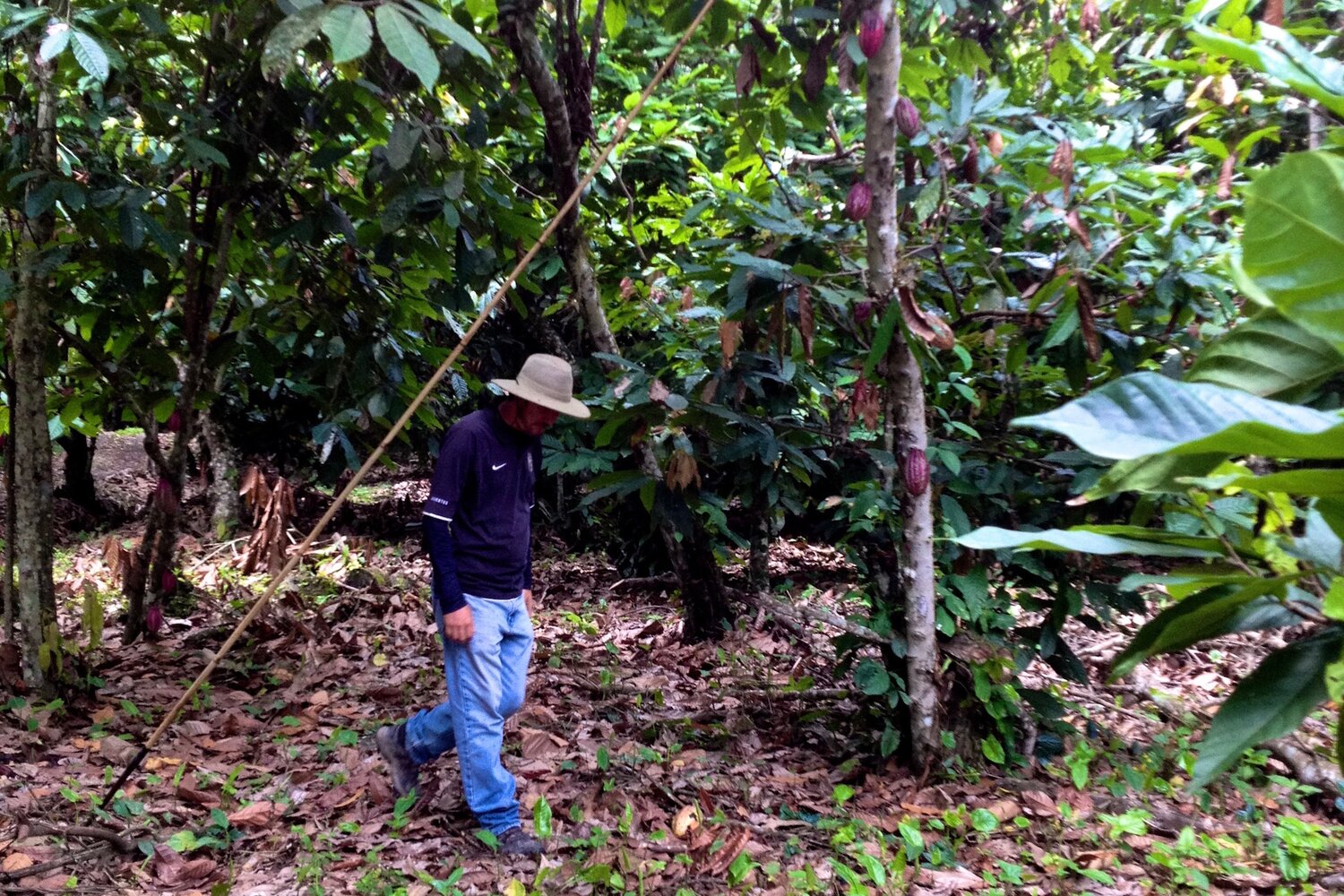
Farmer Vicente Norero on his cacao plantation in Balao, Ecuador. Photo credit: Simran Sethi
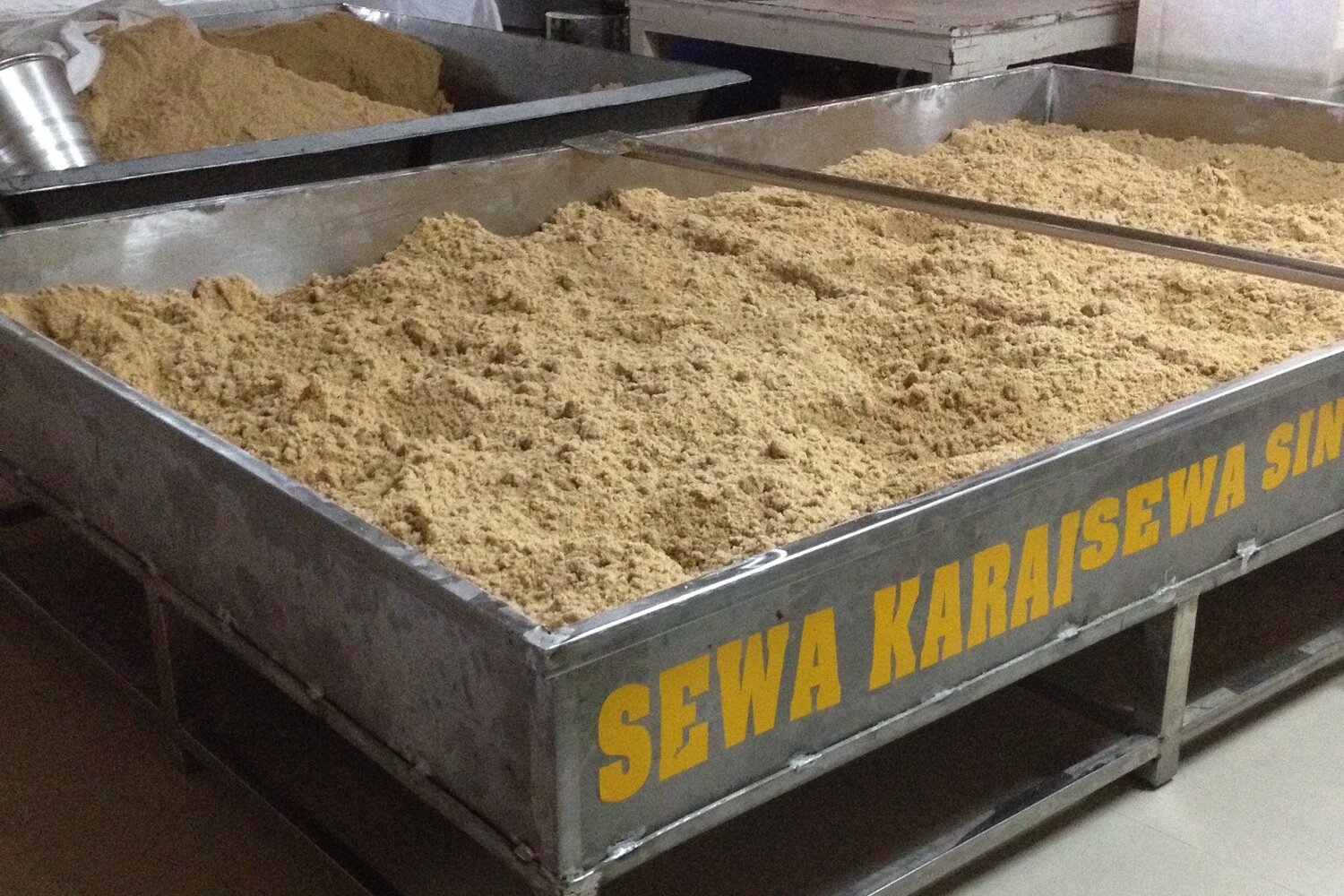
Donated wheat for Karah Prasad in the Golden Temple kitchen in Amritsar, India. Photo credit: Simran Sethi
“What I realized,” Sethi said, “was that my relationship with rice and wheat, even though I’ve had rice almost everyday of my life in some form or another, wasn’t something that I actively thought about or longed for.
I thought I would be able to tell the story of the loss of agrobiodiversity in a more compelling way, if I told the story through foods that people had unexpected emotional connections to. I say ‘unexpected’ because I don’t think a lot of people think about coffee as an anchor – but when it’s gone you start to realize how important it is. If I could at least help people understand, through the things they think they would miss, then I could impress upon them that this loss is happening to ALL foods and that this is something that we really need to direct our attention to.”
The fact that the loss of agrobiodiversity could impact my personal eating habits right now was something that really resonated with me while reading her book. Given my work at the Crop Trust, I had previously thought about the loss of crop diversity through the lens of food security alone, thinking about ending hunger in the midst of rising populations, diminishing resources and changing climates. But speaking to Sethi reminded me that not only are these resources important for much greater initiatives around the world – but this diversity is important for my daily life, too.
Sethi explained that she wanted to speak about this loss in a way that emotionally engaged people.
“I wrote this book for one woman who lives west of Iowa in Lawrence, Kansas, who goes to church on Sunday and has a happy hour Cosmo with her girlfriends on Friday afternoon. It was that deliberate focus that helped me continue to do the work and frame it in a way that I thought people would find relevant.
This is not just about food for the future; this is about securing food for your children today. In order to talk about what we’re losing, we have to talk about what it means to people in more specific, intimate terms. That was my goal in this book. You can map this onto what you love because every food you love is at stake. Every single one of these losses overlaps.”
She wrote this book for a Kansas housewife, but I know, in some way, she wrote it for me as well. My work – what we all do at the Crop Trust to safeguard crop diversity in genebanks – is really about safeguarding food on tables, and the stories that accompany them. As Sethi puts it, “By savoring the diversity in foods, we make our lives better – richer and more flavorful. We can’t mess this up.”
Our conversation has been edited and condensed for clarity, but I hope you’ll take my word for it when I say it was nothing short of enlightening and a lot of fun.
CM: In your book, you reference Sara Lewis’ TED Talk on the magic of fireflies. You write that every time a species is lost, it’s like extinguishing a room full of candles one by one. You might not notice when the first few flames flicker out, but in the end you’re left sitting in the dark. That’s powerful.
SS: Yes, that sense of loss was palpable for me. I didn’t embellish any of these things in the book. It started at the TCHO chocolate factory when I touched this chocolate machine. I was on a cleanse and meeting a botanist turned chocolate maker. Our 20-minute interview stretched to two hours, and I managed to refuse all the chocolate he put before me. But then he led me into the chocolate factory. I was overwhelmed by the aroma and it was in that moment that I felt gutting loss. Chocolate has been my every birthday cake, my wedding cake, the substance that got me through my divorce. I felt that sense of what we can lose.
CM: Yes and what we are losing already…
SS: Yes. Every person involved in chocolate knows if we don’t make conservation a priority, cacao won’t survive. Or look at coffee and coffee leaf rust – or wine and climate change. Having seeds retrieved by ICARDA in Syria was huge. It says to the world, the future is now. The future is happening.
When I decided to write a book about agrobiodiversity, almost everyone who wasn’t involved in the subject looked at me like I was crazy. ‘What are you talking about?’ they’d say. ‘ We have more choices now than we’ve ever had before. And that’s when I had to find a way to talk about it. That thought that we have ‘enough’ food is largely an illusion. We generate enough calories to feed everyone on the planet today and in 2015. What we do not have is equitable distribution or access. Some of the hungriest people in the world are smallholder farmers.
I suspect that many people in a position to donate to the Crop Trust aren’t thinking about an absence of food because, in places like the United States, food often seems abundant. It’s really about peeling back those layers and explaining that what people think is diversity is not actually diversity.
For example, I counted twenty-one kinds of potato chips in Walmart—the country’s largest grocery chain. But in the produce aisle, I only found five different types of potatoes. There are hundreds of dairy products – from ice cream to yogurt – but 90 percent of them come from just one breed of cow. Most of the so-called diversity is in flavor and brand.
Once we peel back that layer, we have to talk about what we are eating. Recent research says it’s not much. Globally, our diets are comprised of wheat, rice, corn, soybean and palm oil – the same types and the same amount. When talking about agrobiodiversity, I use the analogy about investment strategies. You would never invest all your money into stocks. You would diversify. That’s what we need to do with food. On a local level – largely the result of globalization – we see that diversity. But the global trend is toward sameness. And that increases risk, just as it would in an investment portfolio.
CM: It’s counterintuitive that we’re losing these resources, but we are. In your book, you write that we deserve “not just crumbs of life – but the cake itself.” I found that analogy very compelling because that’s what we do when we don’t conserve this material; we’re leaving ourselves just the crumbs. And these genebanks all around the world, well they’re the ones conserving the good stuff.
SS: You’re not just saving seeds, you know, you’re saving us. That's part of the connection that, at least in my book, I try to get across. Genetic erosion and cultural erosion are happening together. This isn’t just about a loss of germplasm. It is a loss of our identity, our history, our cultivation and culinary traditions.
CM: I’ve always seen the Seed Vault as this magical place, almost like a time capsule – a representation of the past, present and future. Not only is it a collection of material that will provide us with better options down the road, but it’s also a bit of history of what we’ve grown in the past.
SS: Seeing the images of Andean people from Parque de la Papa deposit potatoes last year was a very tender moment for me. The Vault felt like this mystical ‘space-agey’ thing, but there was something about that scene – seeing regular people there, depositing a variety of potato that their grandmother used to grow – that made it feel more tangible. This shiny Vault holds our future. Not the future – our future. Seeds are who we are. Seeds are our legacy – our food, our work and our past, present and future.
CM: Do you think governments have a role to play in protecting this legacy?
SS: Of course I do. Governments have a huge role to play. But we all do. By reclaiming our responsibility, we reclaim our power to act and engage. Conservationists have laid out three ways of saving genetic material: ex situ (in genebanks), in situ (in the wild) and on farm. But farmers can’t grow what we, the eaters, won’t buy. That’s why I introduce the concept of what I call ‘in vivo’ conservation – saving foods by eating them. The book includes tasting guides and flavor wheels so we can understand and appreciate biodiversity not only intellectually, but also as a delicious, embodied experience.
CM: One of the great things about your book is that it speaks to consumers taking back their power. It’s going to be a slow process, no doubt, but if people demand this diversity and actively support crop diversity conservation, I think change will happen.
SS: I have a lot of hope. Otherwise, there’s no point. Otherwise, we should just turn on the TV and get in our Hummers and go to McDonalds. I know we can do more and feed each other well.
This is the first time in my environmental work that I really felt like people got to take their power back in ways that were life affirming, delicious and connected back to who we are. It was very, very hard to write the book. I wanted to write something that would convey complex science in an accessible way and bring agrobiodiversity into the general public’s sphere of concern. But it was also a joy. Because food is love. And this book really is about love. And I’m grateful that someone like you, who works for the Crop Trust, came away from it understanding that it was about the loss of agrobiodiversity, but also about something more intimate.
CM: And that something more is what makes people care.
SS: I think so. We need to talk to each other. We need to celebrate each other. Without my Kansas housewife, without farmers in Ethiopia, without every single person who is a part of the food web, we will not stem this loss.
Categories: Svalbard Global Seed Vault, Wheat, Climate Change, Food Security, Poverty Reduction, Sustainable Agriculture
